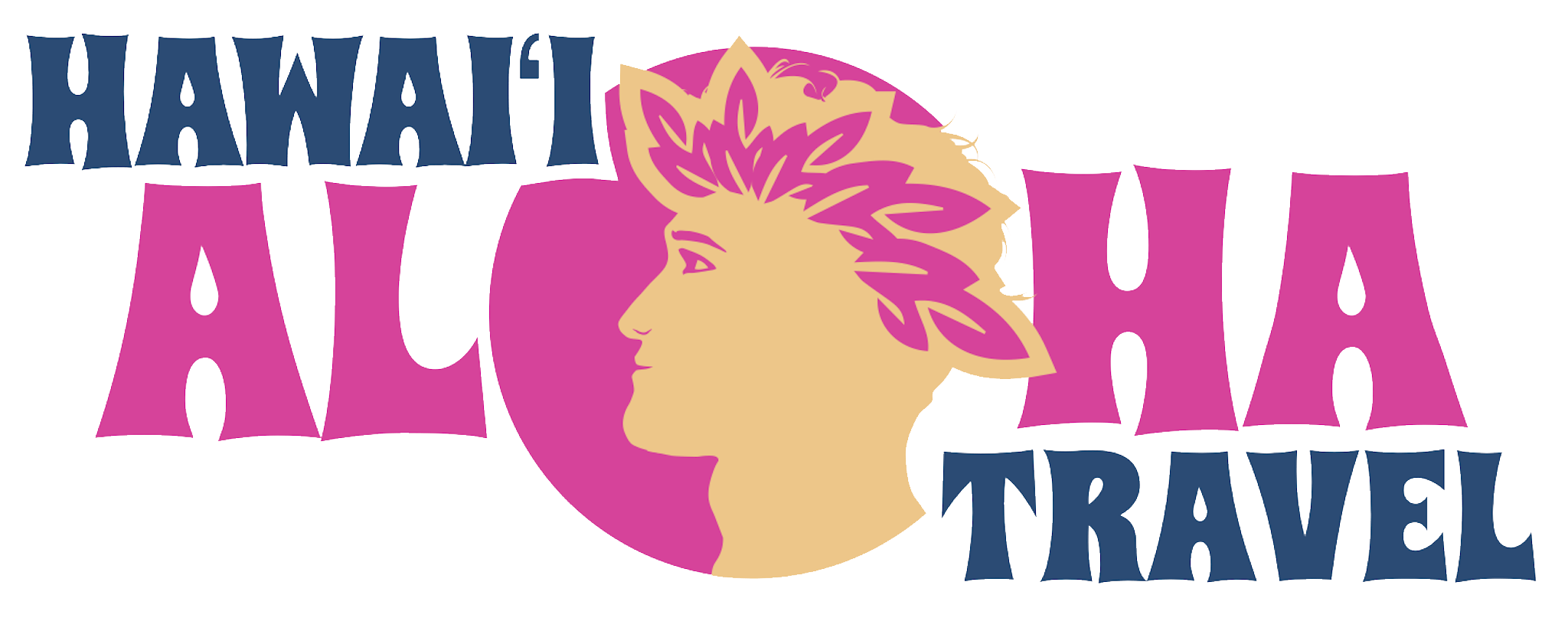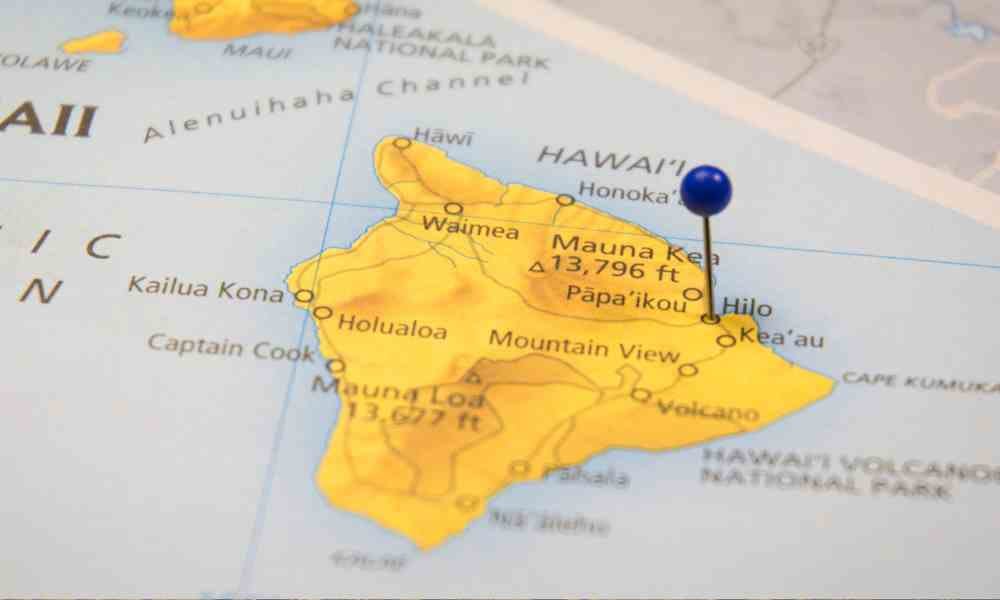Last week, I wrote all about the best free things to do on Oahu. And when I went to the Big Island a few months ago, I was on a tight budget. So, I was interested in finding the best free things to do in Hawaii Big Island.
During the process, I learned that there are a lot of amazing free things to do on the Big Island. Some of these are things you can drive right up to, others require a bit more adventure. I thought I would share with you today the best things I found and let you choose what you want to do when you visit.
And this is precisely what makes us here at Hawaii Aloha Travel stand out from those cookie-cutter travel sites. Since we live here, we are always on the hunt for the best things to do, and, of course, the best deals. And we love to pass along what we find to you. That’s what the Aloha Spirit is all about. Here’s what I found!
Best Free Things to do on The Big Island of Hawaii
1. Take a Road Trip
The Big Island is Hawaii’s largest island, so there are lots of scenic roads to explore.
Many visitors like to travel Saddle Road, which connects the east and west sides of the island. This was once basically no-man’s land — a rugged road that few journeyed. Now it’s been improved and is a fun way to travel between Hilo and Kona.
The most famous scenic drive (and free thing to do!) in the Big Island of Hawaii is the Hamakua coast. This is a 40-mile journey between Hilo and Waipio Valley. You may want to stop along the way for a few paid activities, like Akaka Falls State Park, and Hawaii Tropical Botanical Garden, but most of your time along the road will be free.
You can also drive south of Kona to see coffee country — acres upon acres of oceanside coffee plantations. And, if you keep reading, you’ll discover some places that offer free coffee tours. How about that for a double whammy — two free things to do in Hawaii Big Island?
2. Walk around Pana’ewa Rainforest Zoo and Gardens
Here’s a unique and free thing to do in Hawaii Big Island: visit a zoo. That’s right, the zoo in Hilo is completely free to visit
The Pana’ewa Rainforest Zoo and Gardens is home to over 80 animal species, including Tzatziki, a two-year-old male White tiger, spider monkeys, lemurs, and nene geese (the Hawaii state bird). The zoo is also a botanical garden, so look out for orchids, bamboos, palms, and even a water garden as you walk around.
At only twelve square miles, you can see everything in the Pana’ewa Rainforest Zoo and Gardens pretty quickly, but it’s sure to be a visit that you won’t forget. Since it is the only tropical zoo in the United States, be sure to take advantage of this rare – and free – experience. On Saturdays, a petting zoo for kids is open (call them for specific times).
The zoo runs on donations, so if you enjoy your visit, consider leaving a small donation.
3. Marvel at Rainbow Falls
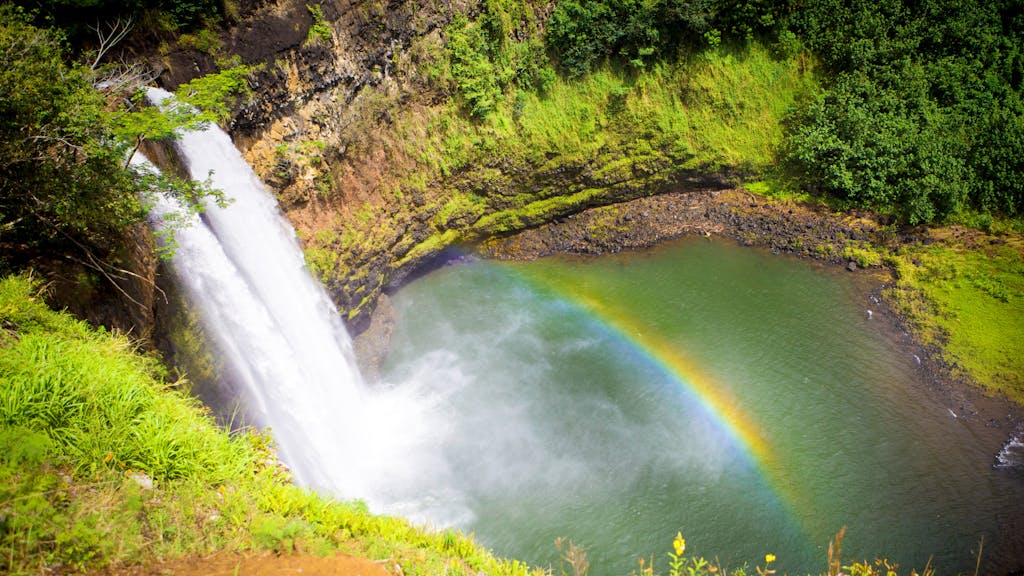
Located in Hilo, Rainbow is 80 feet tall and almost 100 feet in diameter. The viewing area is only steps from the parking lot, making this an accessible, quick stop. No hiking is required.
Rainbow Falls gets its name because if you go there on sunny mornings around 10:00 am, you might see a rainbow through the mist thrown up by the waterfall.
The stunning waterfall is surrounded by lush greenery and drops into the crystal-clear blue water. To the left of the falls is a huge Banyan tree that you can walk over to.
If it’s a rainy day, you won’t be able to see any rainbows but it’s still a neat waterfall to see.
Plus, it’s just a few minutes outside of Hilo Town, so it’s super handy to visit.
The waterfall is most crowded from 10:00 am to 1:00 pm.
Rainbow Falls flows over a lava cave, which, according to legend, was the home of the Hawaiian goddess Hina.
4. Go back in time at Lava Tree State Monument
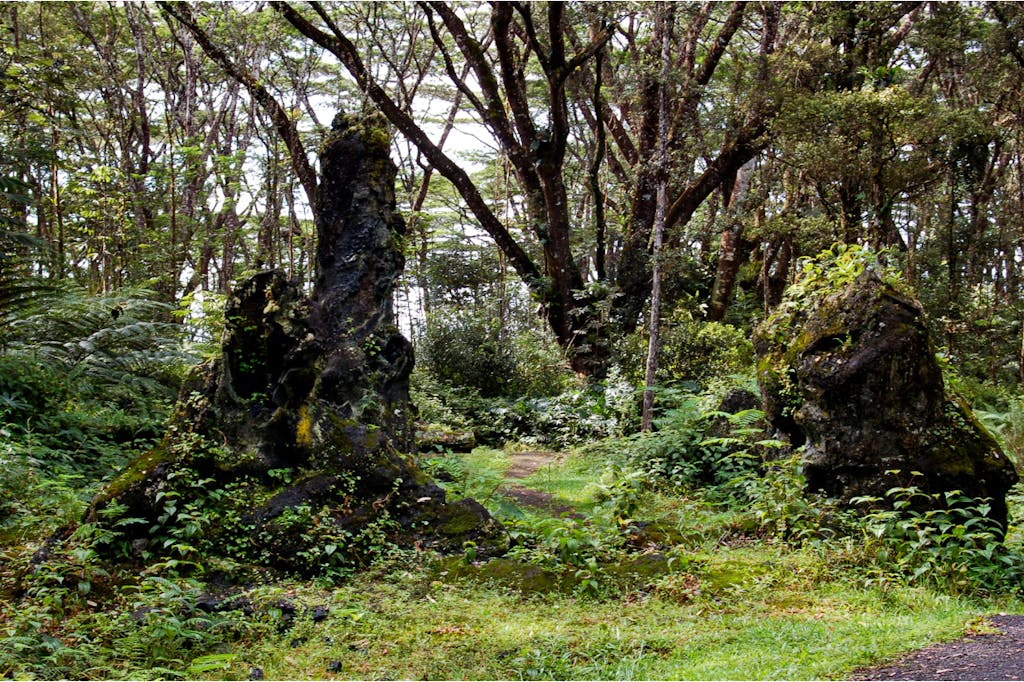
Time stands still here, and it is a testament to the power of lava that you don’t want to miss.
Located in Pahoa, the Lava Tree State Monument is a forest of lava trees. These lava molds of tree trunks were formed when lava flowed through the area in 1790.
There is a .7-mile loop trail that takes you through the lava trees. While short, it can be difficult because the parts of the path are separated by uprooted trees.
There are picnic tables, restrooms, and trash cans available to use, so bring a picnic lunch and enjoy this historic park. It’s a unique free thing to do on the Big Island of Hawaii.
5. Lay on a black sand beach
Black Sand Beaches are unlike any other, as they are made out of tiny fragments of lava. If you come to the Big Island, seeing a black sand beach is a “must-do.” How often do you get to walk on a beach made out of lava rock?!
Punalum’u Black Sand Beach is perhaps the most famous black sand beach on the Big Island. Located on the southern part of the Big Island, it might be a bit out of your way to get to.
But did you know that Hilo also has a number of black sand beaches too? If you are in Hilo, look for Richardson Beach Park. If you look closely here, you will also see green crystals. This green sand is made out of olivine crystals.
If it’s a green sand beach that you’re dreaming of, check out Papakolea Beach, located on the southern part of the island.
Both of these beaches are free to visit, and seeing these unique sights is a great thing to do while visiting the Big Island of Hawaii.
6. Learn how honey is made
Big Island Bees offers free admission to its museum, which is located in a beautiful area south of Kona. You can try to find the queen laying eggs and watch the bees capping honey at their live, interior demonstration hive. You can also learn about the history of beekeeping and how honey is made. In the museum, beekeepers and staff are available to answer any questions you have.
Admission to the museum is free, but there is a charge for the tours. A tour also includes honey tasting.
This barely made our list of free things to do on Hawaii’s Big Island, since you will likely want to at least buy some honey while you’re here. But still, a free museum visit can’t be beat – especially if you’re traveling with a family and don’t want to pay for endless individual activities.
7. Tour a coffee farm
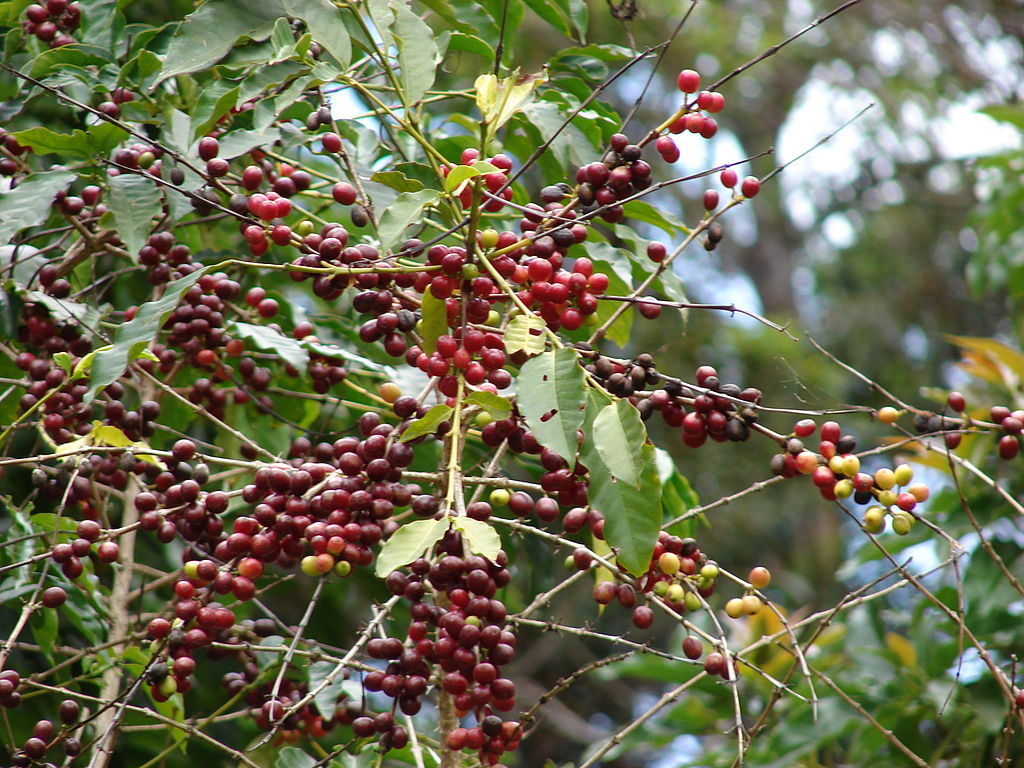
You’ve probably heard of Kona coffee, which is only grown on the slopes of Kona, Hawaii. There are many different Kona coffee farms, many of which offer free tours and coffee samples.
Here is a list of Kona Coffee farms that offer free tours and tastings:
- Mountain Thunder
- Greenwell Farms
- Hala Tree Coffee
- Ka’u Coffee Mill (not in Kona: This is a free thing to do on the southeast coast of Hawaii Big Island)
8. Sample Macadamia Nuts
Macadamia nuts are a top souvenir to bring back from your trip to Hawaii. If you want to try all different kinds of macadamia nuts, head over to the Hamakua Macadamia Nut Factory. Located near Kona, Hamakua Macadamia Nut Company only sells macadamia nuts grown by local farmers on the Big Island.
At the Hamakua Macadamia Nut Visitors Center, you can sample as many macadamia nuts as you like, and wash it down with free coffee samples. Here, you can observe the processing of macadamia nuts, too.
If you are on the other side of the island, you might want to visit the Mauna Loa Macadamia Nut Corporation. To get to the factory, located in Keaau, about 15 minutes outside of Hilo, you will drive through three miles of scenic macadamia nut orchards. Once you get to the visitors center, you can enjoy free samples and see their nut and chocolate processing plant.
9. Visit the Mokupāpapa Discovery Center
The Mokupapapa Discovery Center is a small museum located in a century-old building in Hilo. Although you can see the entire museum in 30 minutes to an hour, it’s well worth a quick stop to learn about marine life in the Big Island and Hawaii — all for free.
The Mokupāpapa Discovery Center was established in 2003 to interpret the natural science, culture, and history of the Northwestern Hawaiian Islands and the surrounding marine environment. It aims to raise public awareness of the region and ocean conservation issues.
There is a 3,500-gallon saltwater aquarium, along with interactive educational exhibits, life-size models of wildlife found in the Northwestern Hawaiian Islands, and artwork.
The beauty of the historic building that houses the Center is also noteworthy. There is a beautiful koa wood staircase and Hawaiian hardwood floors.
10. Stargaze at Mauna Kea: one of the most popular free things to do in Hawaii Big Island
While it would be easier to pay for a stargazing tour to the summit of Mauna Kea, you are allowed to drive your car to the Visitor’s Information Center.
Depending on your desire and your budget, this might be a good option for you. Since you are not allowed to stargaze at the summit, you have to go back down to the Visitor’s Information Center anyway as soon as the sun sets.
If you do drive yourself up, make sure to stop at the Visitors Information Center. Interpretive Guides and Maunakea Rangers are available and are happy to answer any questions that you have. You definitely get a lot when you decide to do this free activity in Hawaii Big Island.
Plus, telescopes are available to the public daily. During the day, a solar telescope is available for viewing the sun. Restrooms are open twenty-four hours per day.
On Tuesday, Wednesday, Friday and Saturday evenings, weather permitting, you can also take part in their stargazing show, also for free. This show also includes the use of their telescopes.
Paid tours are not allowed to participate, which could be another reason to go up on your own.
If you drive up, be sure to be careful, as the elevation gain can cause altitude sickness. Before you go, make sure to find out about current weather conditions, as sometimes the road is closed.
